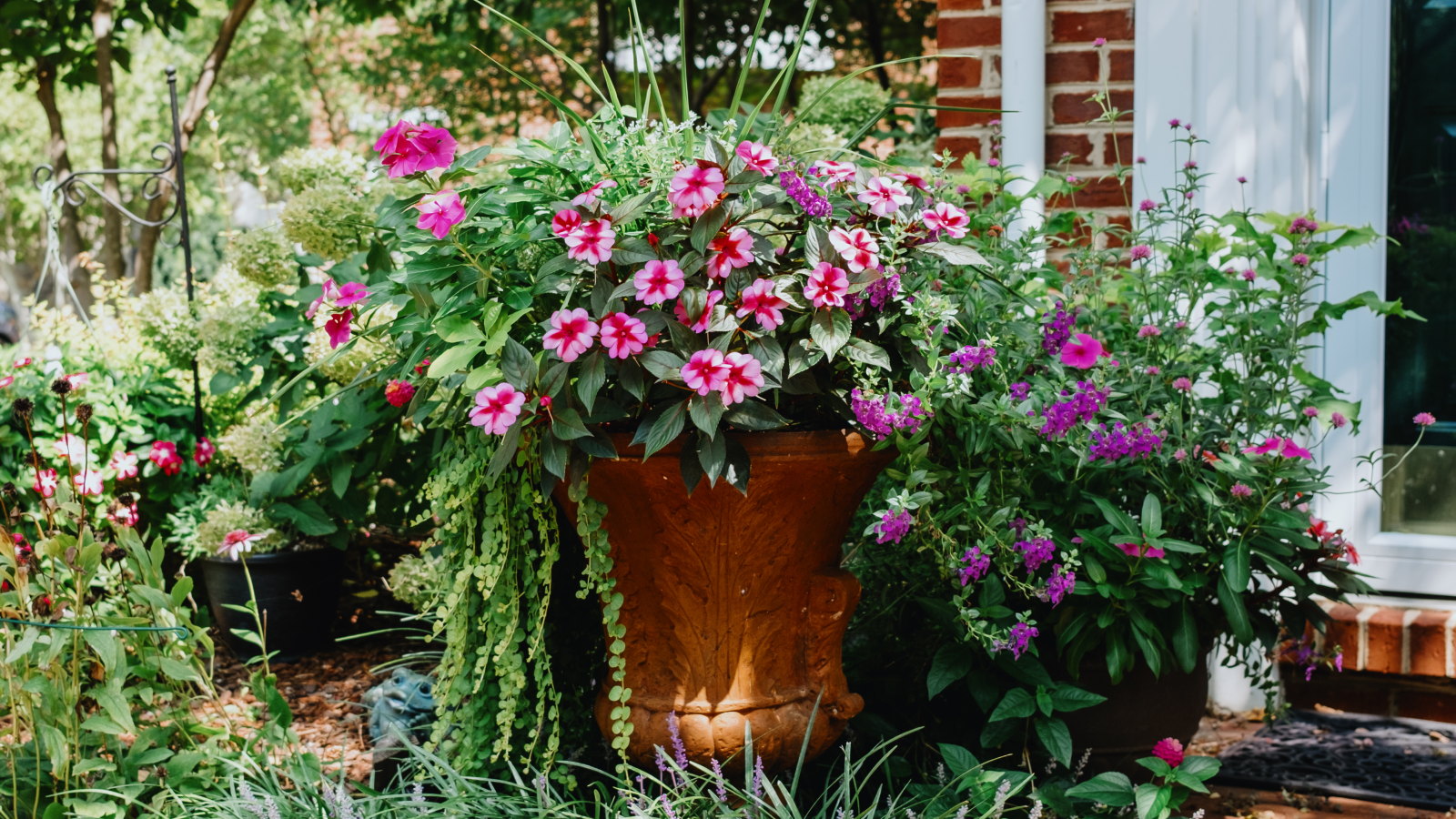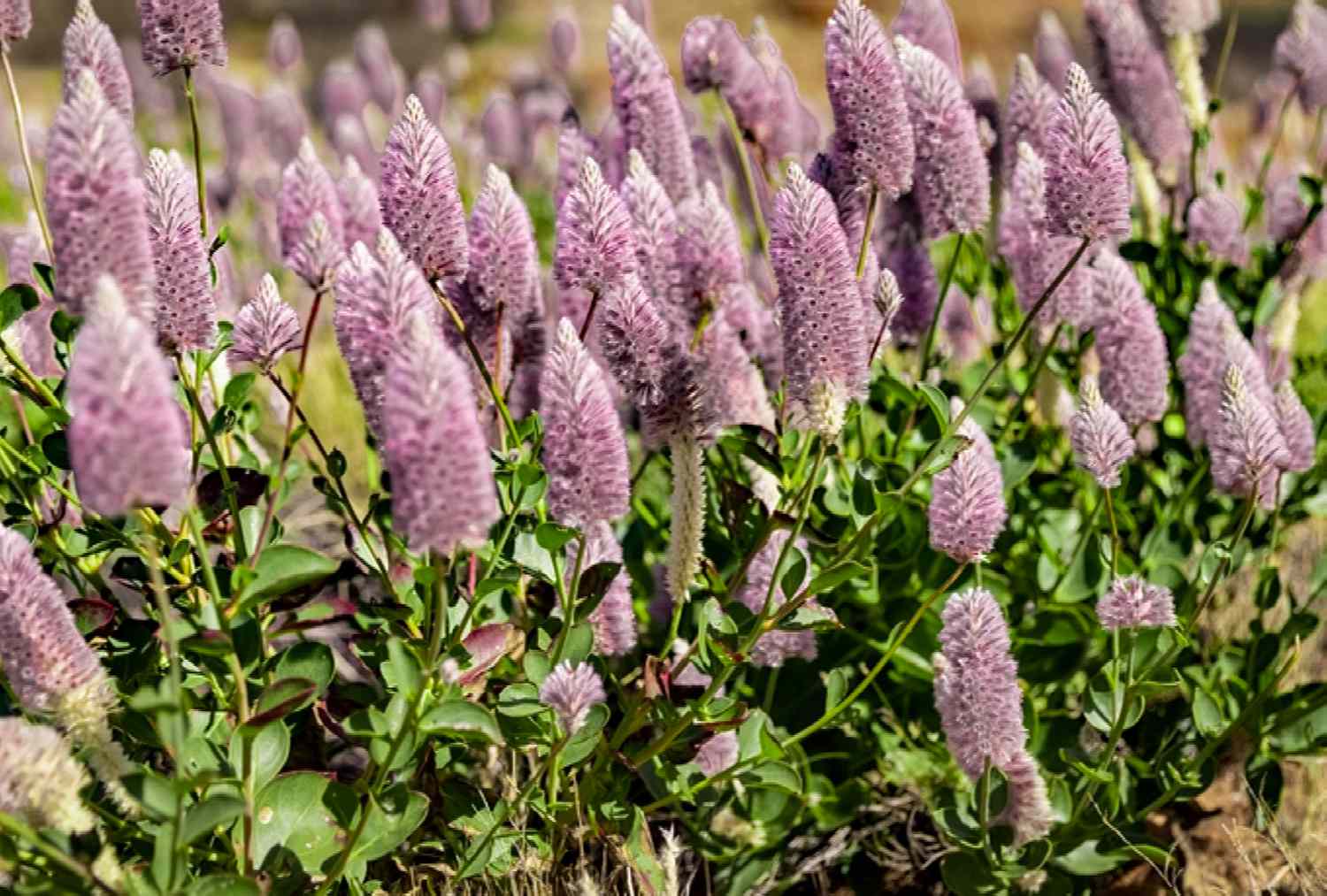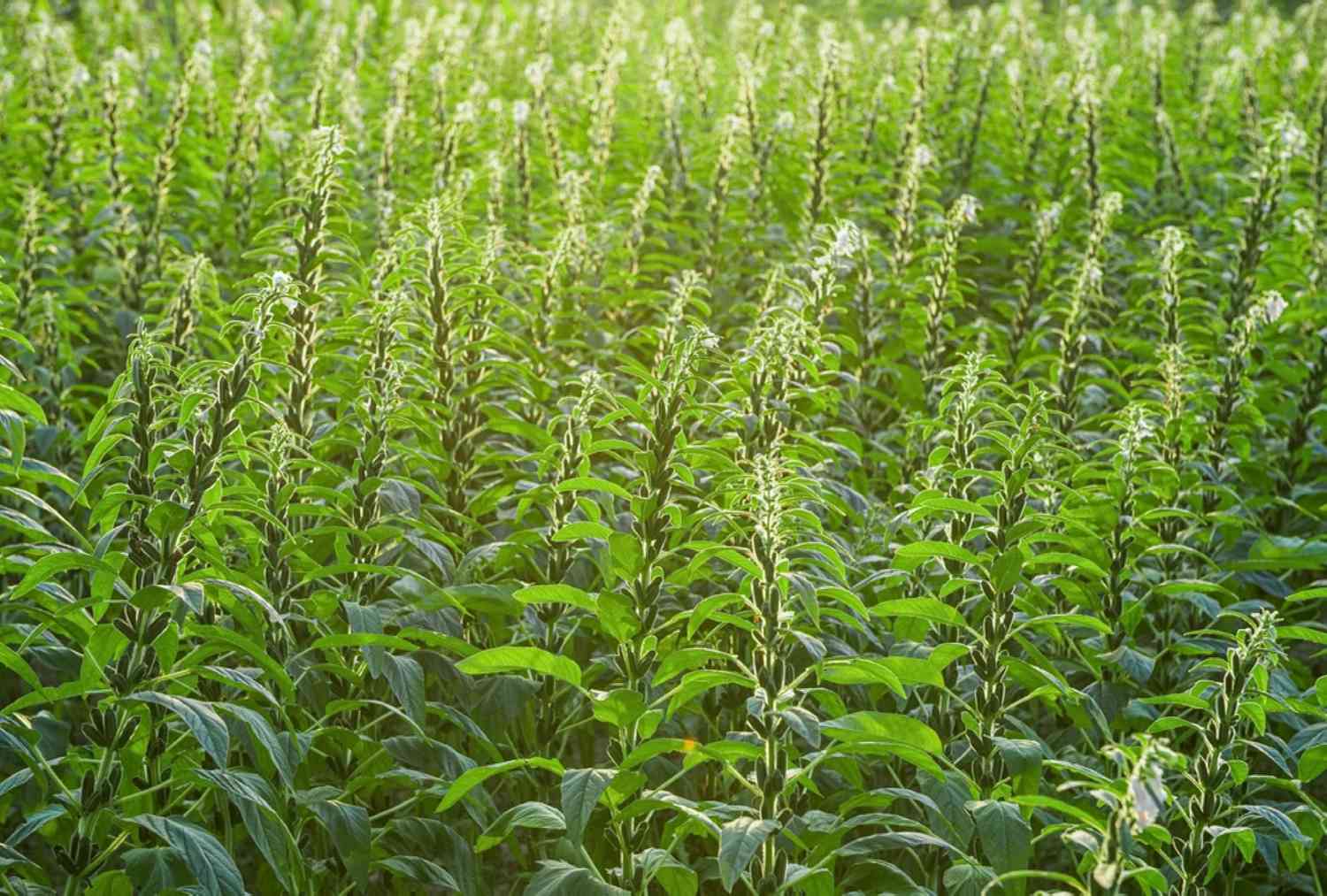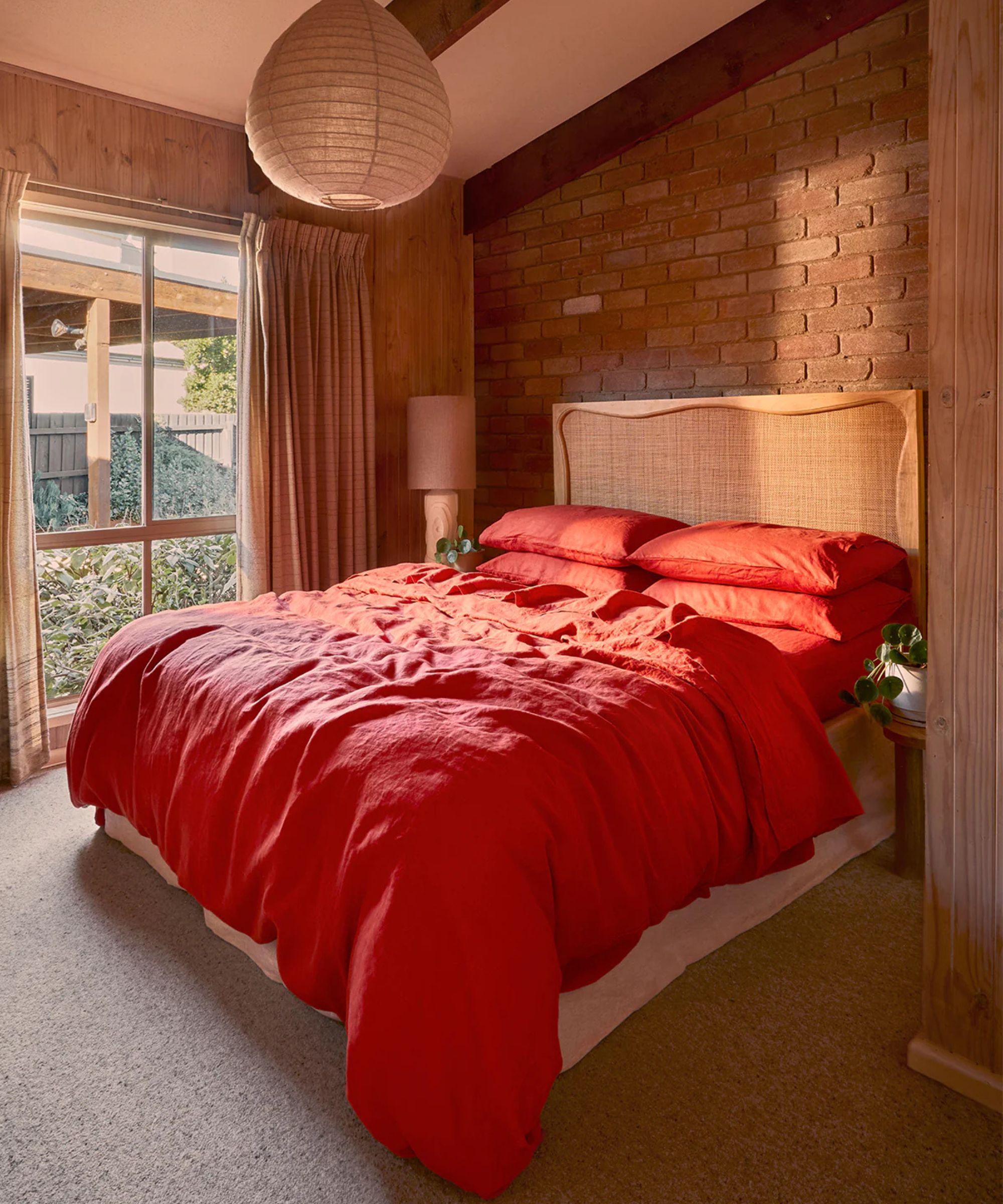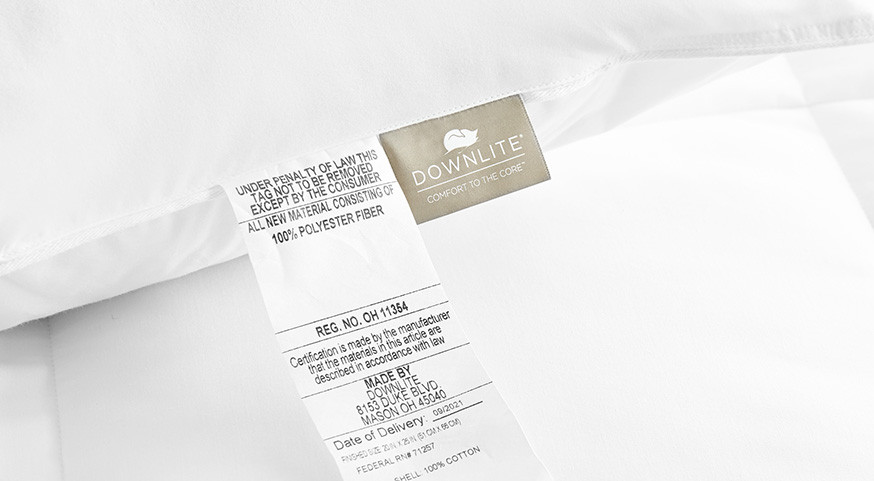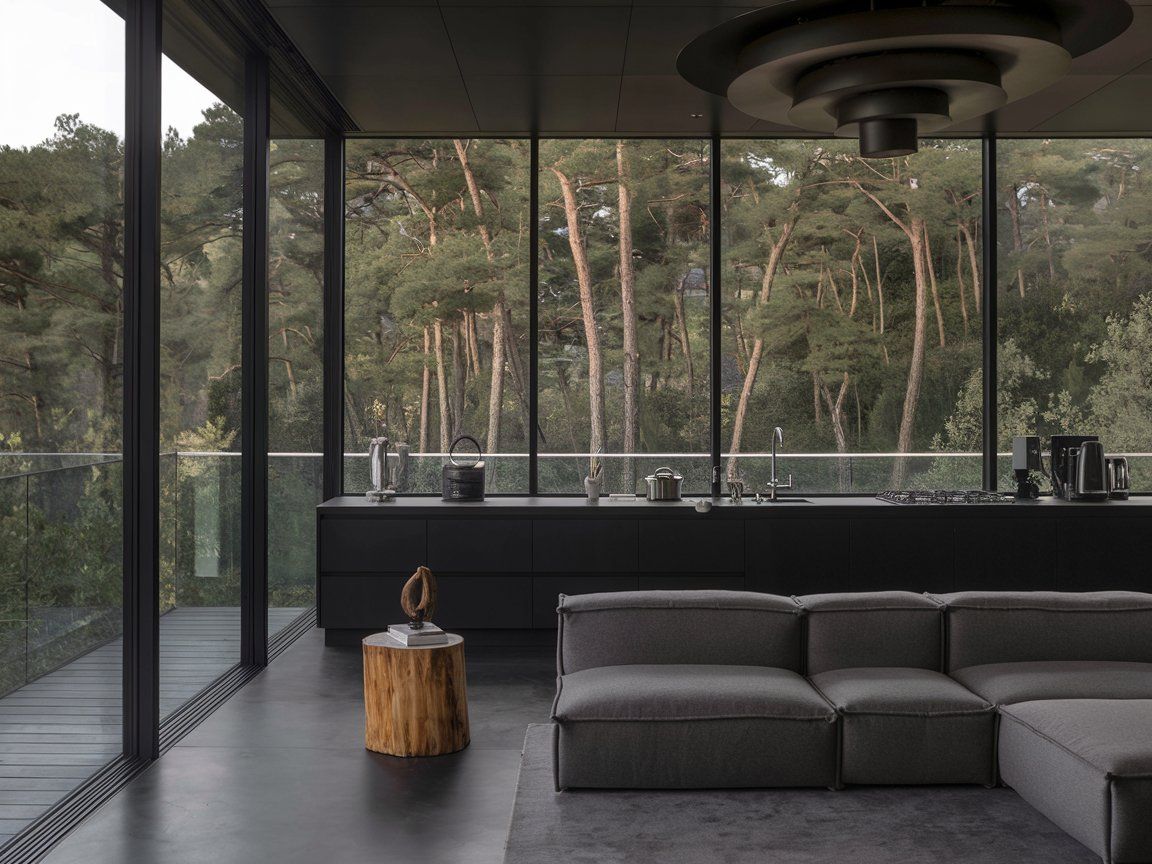Angelica (Angelica archangelica) is a hanging and fragrant biennial herb that brings each magnificence and performance to a principally shaded backyard. In the identical plant household as carrots, parsley and celery, its greenish-white flowers are flat-topped umbels excellent for touchdown pollinators. Its hole stems and bipinnate leaves develop as much as 6 ft tall and favor partly shaded damp, cooler circumstances.
Its presence within the backyard could also be decorative, however for hundreds of years angelica has served a goal within the conventional medicinal and culinary arts. For instance, its roots and seeds taste gin and the liqueur Chartreuse, and its roots and leaves are remodeled into natural teas and tinctures for his or her digestive and anti inflammatory properties.
Angelica has a wealthy historical past of use in cultures in North America and northern Europe. This could make it a high candidate in your checklist of herb backyard concepts. Right here we’ll share tips about tips on how to develop this fascinating herb and share the methods it has been used within the kitchen and drugs cupboard.
The way to develop angelica
The Angelica genus consists of about 90 species native to northern temperate and subarctic areas. It thrives in USDA zones 4-9 in moist, fertile soil with good drainage. Whereas preferring cooler temperatures, it’s adaptable to extra temperate circumstances.
As a biennial, angelica flowers in its second 12 months of development, doing so profusely in early summer season by way of mid-summer. It self-sows prolifically, so is a dependable presence within the backyard.
Rising habits of angelica
‘Angelica could be very low upkeep in nearly each respect,’ says Brooke Werley, creator of Emergence Gardens in South Dartmouth, Massachusetts. ‘I began my patch from seedlings in 2017 and planted a pair beneath a cedar tree on the sting of the backyard the place it’s principally if not fully shade. Right here she has thrived and required completely no upkeep in any respect, flowering in summer season, self-sowing and persevering with to come back again yearly.’
Begin your personal patch of Angelica archangelica from seeds out there from True Leaf Market.
Brooke has immersed angelica with different shade-tolerant herbs beneath that cedar tree reminiscent of lovage, valerian and nettle. ‘All of them co-exist properly and do not crowd the others out,’ she mentioned. ‘The tough half with these might be telling the valerian, lovage and angelica aside if you do not have a discerning eye. It is much like how some will mistake parsley for cilantro.’
Angelica’s roots have lengthy served a medicinal goal. ‘As with every herb harvested for roots, you need to wait till the second or third 12 months to assemble,’ Brooke advises.
She signifies that the roots have handled varied illnesses reminiscent of colic, gastrointestinal points and catarrh (post-nasal drip), and is useful as a common immune enhance.
‘In some Indigenous Turtle Island cultures it’s thought of spirit, bringer of excellent luck and banisher of evil spirits,’ Brooke explains. ‘It appears these communities share this sentiment with monks and nuns from the Center Ages who planted the herb of their cloister gardens for a similar purpose.’
Care information for angelica
- Soil: Angelica prefers moist, well-draining soil with compost to enhance the fertility and moisture of native soils. ‘The pH is on the acidic aspect, though I believe that the vary angelica thrives in is huge, so altering soil pH shouldn’t be obligatory,’ Brooke suggests. Verify your soil’s pH with a take a look at equipment from Walmart.
- Mild: A fan of full solar is most popular, relying on the local weather. In cooler areas, angelica can develop properly in full solar. In hotter climates, give angelica morning solar with afternoon shade.
- Watering: ‘It ought to stay moist however by no means with standing water,’ Brooke says. ‘Angelica positively wants loads of water, however from placement in moist locations within the backyard not from watering.’
- Pruning: Brooke sees only one situation of concern with angelica. ‘So far as rising is worried, the one potential disadvantage is its spreading an excessive amount of. Selecting an area out of the best way the place she will flourish unfettered is greatest. Any pruning or bulk removing would in all probability discourage the patch,’ Brooke advises. Discover quite a lot of pruning instruments match for the job out there from Amazon.
- Pests: ‘Not solely does Angelica not appear to have any pests of word,’ Brooke says, ‘but in addition the umbel flowers really entice useful bugs!’

